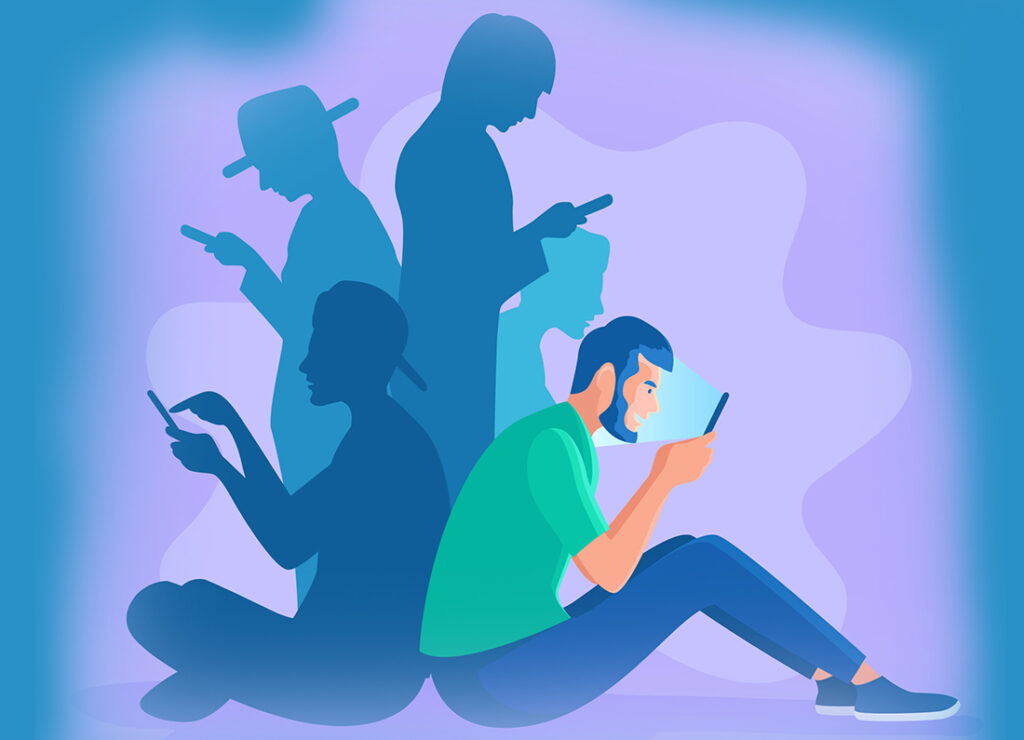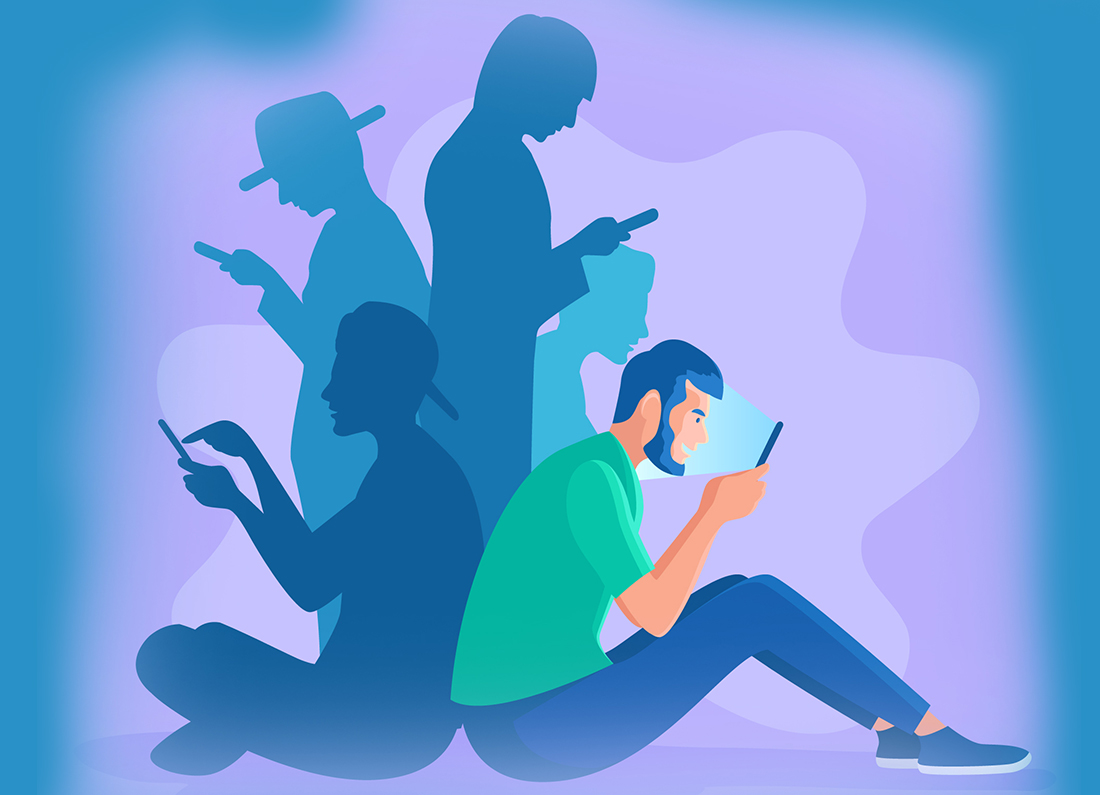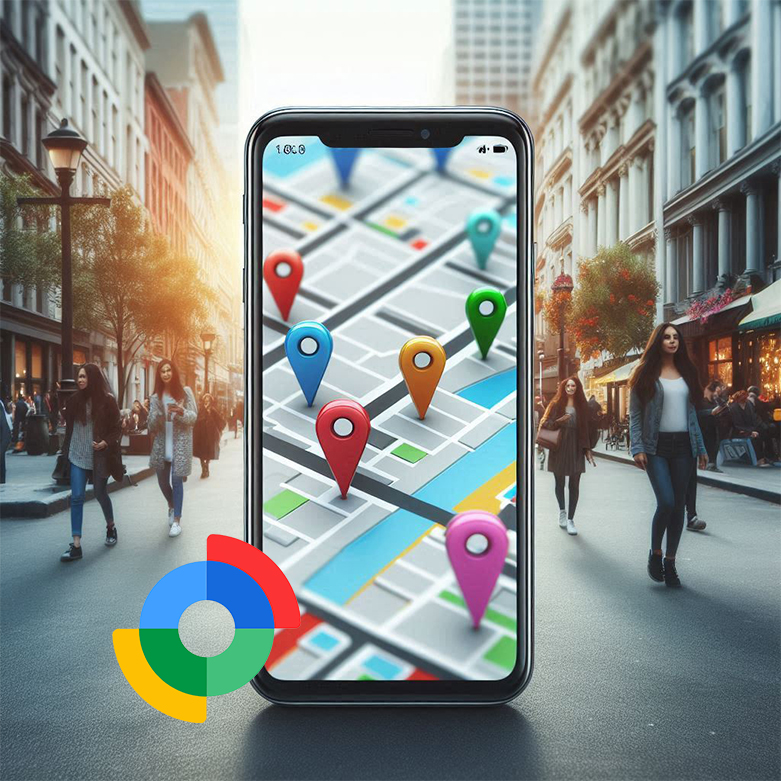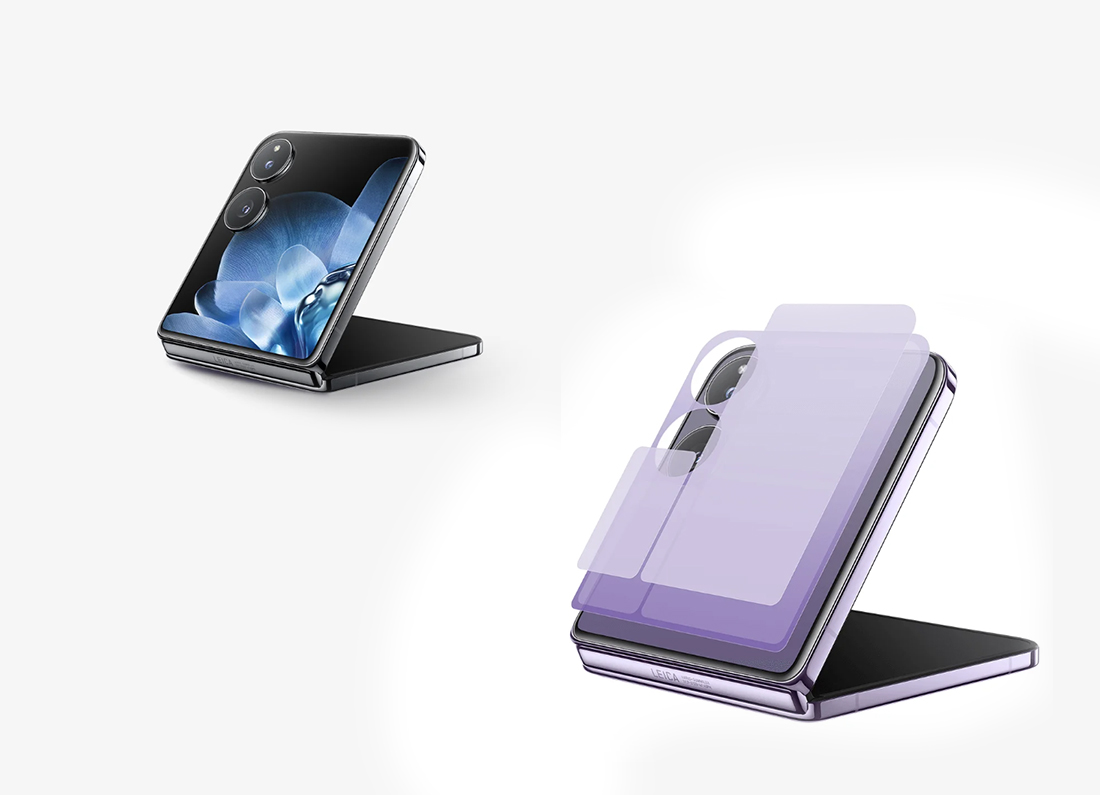
In today’s digital era, smartphones have become essential devices for communication, productivity, and entertainment. However, their overuse can lead to what is often referred to as “smartphone addiction.” This article explores the effects of smartphone addiction and provides practical tips for using these devices responsibly.
What is Smartphone Addiction?
Smartphone addiction, also known as “nomophobia” (no-mobile-phone-phobia), refers to the excessive use of smartphones to the point where it interferes with daily life. It is characterized by compulsive checking of notifications, constant scrolling through social media, and a sense of anxiety when the phone is out of reach.
Signs of Smartphone Addiction:
- Spending hours daily on non-essential phone activities.
- Feeling restless or anxious without the phone.
- Neglecting personal relationships or responsibilities.
- Difficulty concentrating on tasks without checking the phone.
Effects of Smartphone Addiction
1. Mental Health Impacts:
Overuse of smartphones has been associated with anxiety, depression, and sleep problems. Continuous connectivity can cause feelings of overwhelm and stress.
2. Physical Consequences:
Spending prolonged periods on the phone can result in eye strain, neck pain (often called “tech neck”), and poor posture.
3. Social Disconnect:
Ironically, while smartphones connect us digitally, they can lead to social isolation Too much screen time often replaces face-to-face interactions.
How to Use Smartphones Responsibly
Smartphones are powerful tools when used appropriately. Here are some practical strategies to achieve balance:
1. Set Boundaries:
- Establish Screen Time Limits: Use apps to monitor and limit daily screen time.
- Designate No-Phone Zones: Keep your phone out of reach during meals or while spending time with loved ones.
2. Use Smartphones for Productivity:
Instead of mindless scrolling, leverage your smartphone for meaningful activities such as:
- Learning new skills through educational apps.
- Organizing your day with calendars and task managers.
- Keeping up-to-date with reliable news sources.
3. Practice Mindful Usage:
- Turn Off Non-Essential Notifications: Reduce distractions by silencing alerts for non-urgent apps.
- Engage in Tech-Free Activities: Dedicate time daily to hobbies, exercise, or reading without your phone.
4. Take Digital Detoxes:
- Schedule regular breaks from your phone to reconnect with the real world.
- Try activities like hiking, journaling, or spending a weekend without digital devices.
Embracing a Balanced Approach
Smartphones are incredible tools when used wisely. They can enhance productivity, foster connections, and provide access to knowledge. However, recognizing the signs of addiction and implementing strategies to manage usage is essential to maintain a healthy relationship with technology.
By setting boundaries, practicing mindfulness, and embracing occasional detoxes, users can enjoy the benefits of smartphones without falling into the trap of overuse. The key lies in using technology to enrich life, not control it.
Remember: Your smartphone is a tool, not a necessity. Balance is the cornerstone of healthy digital habits.












Leave a Reply